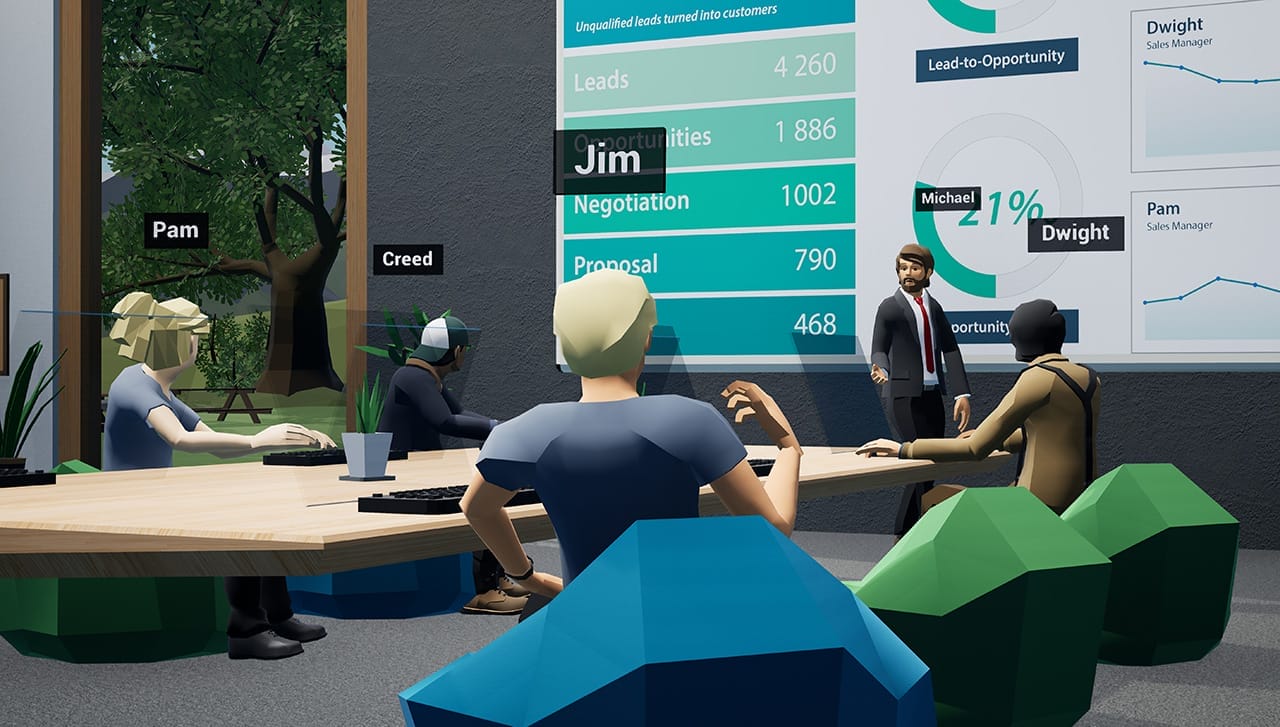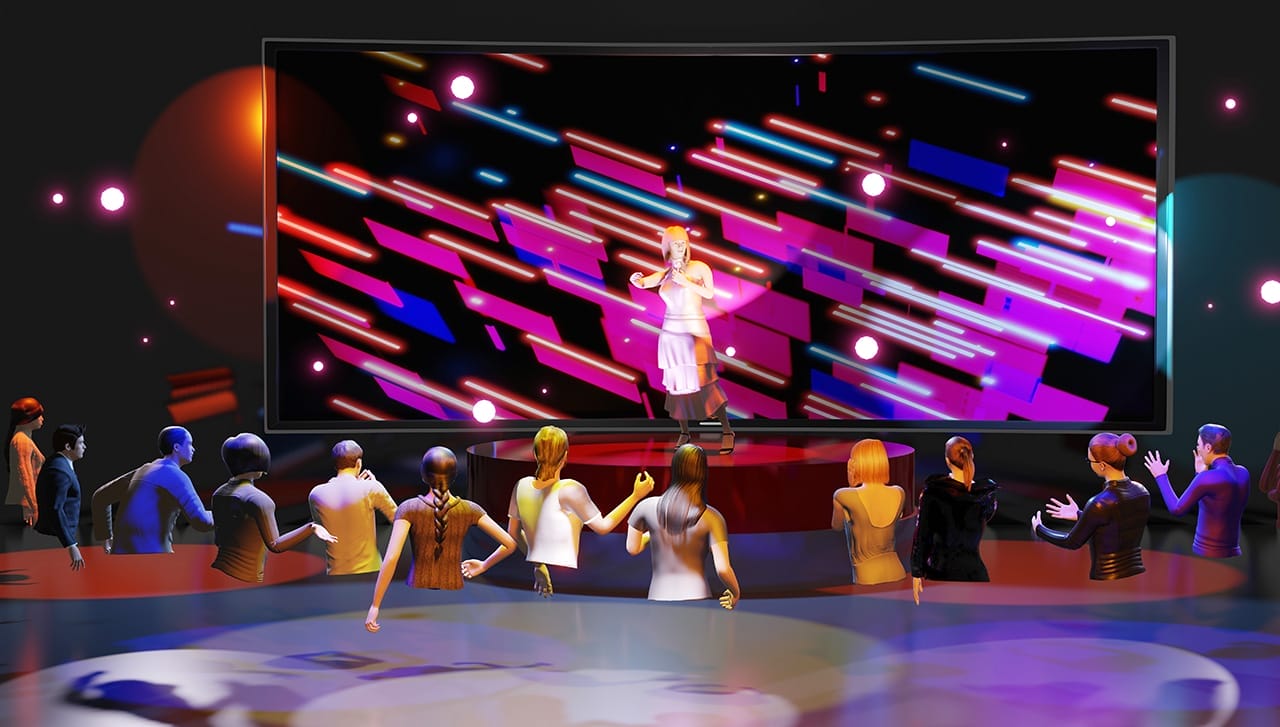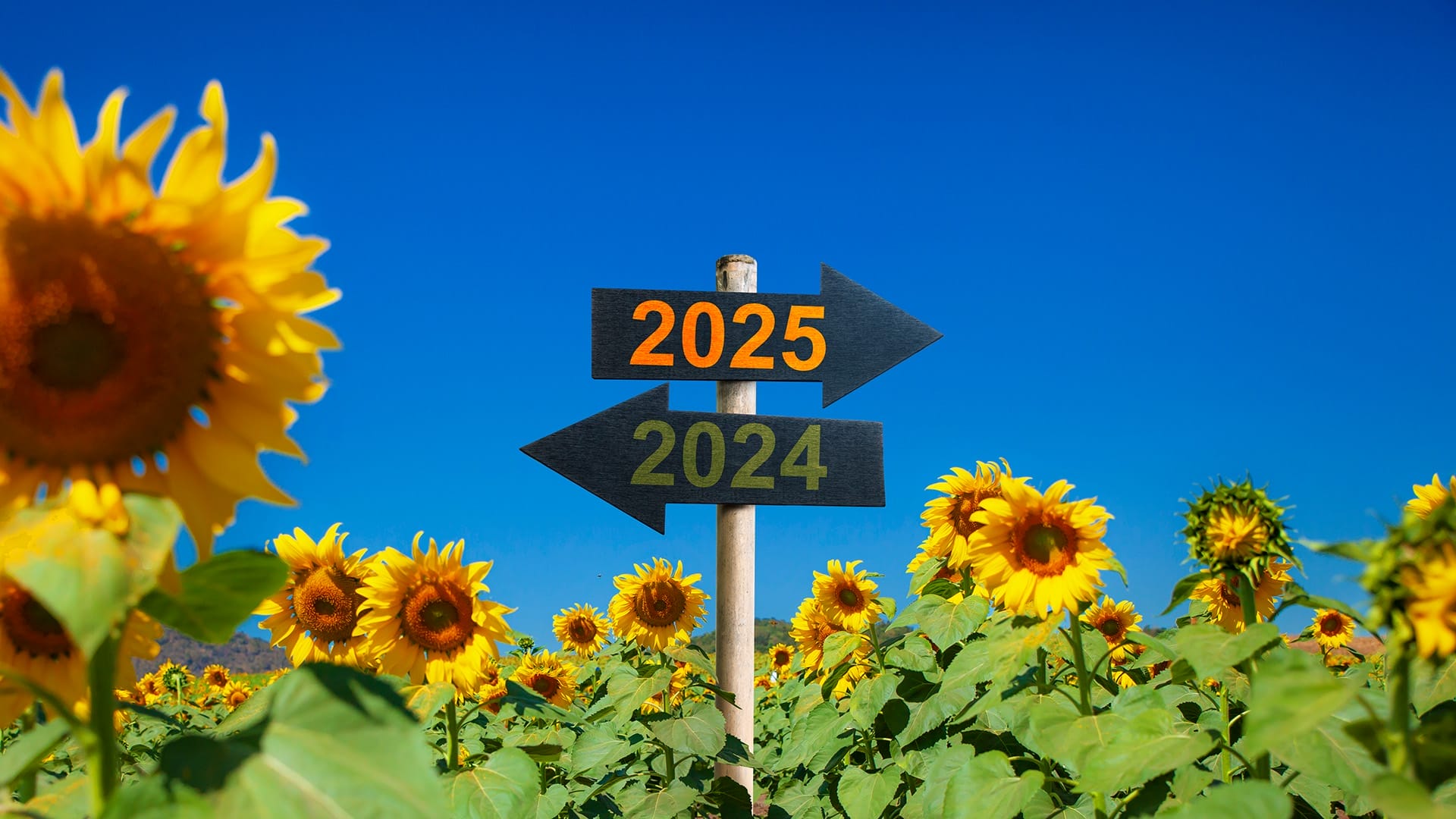Why is the metaverse the next big thing?
The concept of the metaverse is far from new, but the metaverse offers new, potentially lucrative opportunities to consumer brands. Product experience is indeed essential in the physical world, but with the metaverse, we will see innovative ways that consumers experience a product before buying it. Aside from browsing and purchasing products, there are several other revenue-generating opportunities that exists, such as live concerts, exercising, and making investments.
Who is getting involved?
Well-known brands are already experimenting with early, ‘proto-metaverse’ platforms. For example, Nike launched Nikeland in Roblox, and Gucci has started listing virtual items for sale in Roblox where exclusive and limited avatars a graphic representation of the user – were on sale. Some items were sold at higher prices than their physical counterparts!
Forever 21 is working with Roblox, where users and influencers can customise their own fashion stores in Forever 21 Shop City. Apart from being able to role play, meet friends, and discover rare items, they’ll also be able to add merchandise from new collections released in the physical and e-commerce stores to their metaverse store or buy it for their own Roblox avatar. This is an example of how to engage consumers and release products in innovative ways.
Moreover, the Metaverse Fashion Week (MVFW), recently hosted in March 2022 by leading metaverse platform Decentraland, attracting leading brands, including Etro, Dundas, Dolce & Gabbana, and Estu00e9e Lauder. Decentraland is a software running on Ethereum that seeks to incentivise a global network of users to operate a shared virtual world. Decentraland users can buy and sell digital real estate, while exploring, interacting and playing games within this virtual world. The event was both a milestone for the fashion world and a cornerstone for the acceptance of the metaverse.
The metaverse is currently a young person’s game
Roblox has an estimated 47 million daily active users. Almost 67% of the players on Roblox are under the age of 16. Only 14% of Roblox users are above the age of 25. This statistic is not surprising if you have young children. Therefore, the youth are leading the way in driving the popularity of Roblox metaverse games and the future of metaverse. Clearly, as this generation gets older and increasingly comfortable with the metaverse and buying power, they will become the prime targets to unlock new revenue streams for businesses.
Does the technology exist yet?
For now, everything is in the early or proto-metaverse stage. The evolution of the metaverse – if it happens at all – will be fought among tech giants for the next decade, or maybe longer depending on how much adoption is realised.
Virtual Reality (VR) has come a long way in recent years, with high-end headsets which can trick the human eye into seeing in 3D as the player moves around a virtual world. And more advanced digital worlds will need better, more consistent, and more mobile connectivity – something that might be solved with the rollout of 5G.
Seven factors to consider when considering the digital transformation in the consumer space?
1. Virtual shopping that Mimics In Real Life (IRL) Experiences
Like the digital revolution where physical stores went online, the next step is the metaverse revolution – consumers will stroll through virtual replicas of their favourite stores with friends and family. For metaverse shopping to be widely adopted, it must mimic critical elements of in-person shopping like socialisation and interactive experiences.
2. Embracing new models for virtual and physical stores
A mass-market platform is an opportunity for consumer brands to develop virtual products. The impact on already beleaguered brick-and-mortar stores could be significant, and demand for physical shops could fall further. Established brands moving to the metaverse will look towards developing and embracing new models of their physical footprint.
3. Reduced environmental footprint
When it comes to environmental issues, the metaverse is a double-edged sword. Improving virtual experiences and services may limit the environmental impact of travel or printed paper, but the increased use of computers draws more electricity. There is no doubt that the metaverse will challenge consumer goods companies as they look to balance the trade-offs of in their environmental impact strategy with future growth. Methodologies for calculating their net zero positioning will prove essential.
4. Exclusive digital products
The metaverse provides an opportunity to elevate and modernise consumer brands, as the laws of physics do not apply. Therefore, exclusive digital-only products can be created, and more importantly, their authenticity protected by the use of a non-fungible token (NFT) – a record on a blockchain associated with a particular digital or physical asset.
5. Automated customer interactions
In the metaverse, brands deploy digital 3D assistants to act as virtual tour guides, personal shoppers, troubleshooters, consultants or any of the other roles that their human agents can provide in the real world. And increasingly, they will be able to fill these functions manually, with human-controlled avatars and one-to-one communications, or in an automated manner via AI agents.
6. Metaverse-hosted events
Metaverse-hosted events provide consumers with an immersive experience without high prices and substantial time commitments, boosting accessibility to far more attendees than their physical counterparts. Traditionally, these events in real life require planning, travelling and hotel costs. For example, on New Year’s Eve 2022, Jamestown Properties held a virtual celebration at Times Square in Decentraland. Concerts in the metaverse have also increased in popularity: Artists opt for virtual concerts rather than months-long, multi-city tours.
7. New consumer engagement models
Users and influencers may be able to create and customise their own virtual stores. In addition to role play, meeting friends, and discovering rare items, they will also be able to add merchandise from new collections released in the physical and e-commerce stores to their metaverse store. This is an example of how to engage consumers and release products in innovative ways.
The future of the metaverse
While the metaverse is still in its infancy, it holds tremendous potential to transform the online consumer experience. The metaverse unlocks new revenue streams that businesses can capitalise on u2014 if they are willing to invest in exploring new ideas and generating solid value propositions.
Explore the possibilities in the consumer metaverse with Sagentia Innovation – contact us and we’d be happy to discuss it with you.








